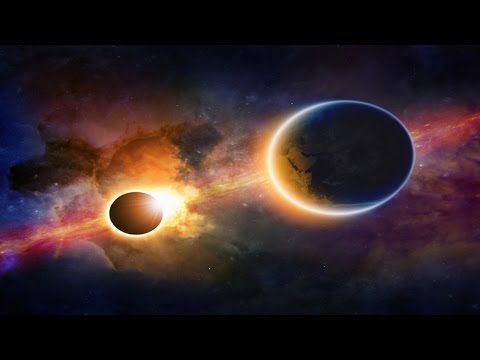Galaxies Far, Far Away: How Astronomers Study Distant Galactic Systems
When we look up at the night sky, we are gazing at a vast, seemingly endless expanse of stars, planets, and other celestial bodies. Among these countless objects are galaxies, massive collections of stars, gas, and dust that can contain billions or even trillions of stars. And while many galaxies are relatively close to our own Milky Way galaxy, there are also galaxies that are incredibly far away, stretching across unimaginable distances in the universe.
Studying these distant galaxies is no easy task, as they are often billions of light-years away from us. This means that the light we see from these galaxies has traveled for billions of years before reaching our telescopes here on Earth. Despite the challenges, astronomers have developed a variety of techniques to study these faraway galactic systems, shedding light on their formation, evolution, and properties.
One of the primary tools astronomers use to study distant galaxies is telescopes. Ground-based telescopes, such as those at observatories around the world, can capture images of galaxies millions and even billions of light-years away. These telescopes can observe galaxies in different wavelengths of light, such as visible light, infrared, and radio waves, allowing astronomers to study different aspects of these distant systems.
In addition to ground-based telescopes, astronomers also use space-based telescopes like the Hubble Space Telescope to study galaxies far, far away. These telescopes can observe the universe without the distortion caused by Earth’s atmosphere, providing clearer and more detailed images of distant galaxies. Space telescopes can also observe wavelengths of light that are blocked by Earth’s atmosphere, giving astronomers a more complete picture of these faraway galactic systems.
Another important tool for studying distant galaxies is spectroscopy. By analyzing the light emitted by galaxies, astronomers can determine their composition, temperature, and motion. Spectroscopy can reveal the presence of elements like hydrogen, helium, and heavier elements in a galaxy, providing clues about its evolution and history. By studying the redshift of galaxies, astronomers can also measure their distance from Earth and determine how fast they are moving away from us, a key piece of evidence supporting the theory of the expanding universe.
Astronomers also use computer simulations and models to study distant galaxies. By inputting data from observations and theoretical models of galaxy formation and evolution, scientists can create virtual galaxies that mimic the properties and behavior of real galaxies. These simulations can help astronomers understand how galaxies form, grow, and interact with each other over billions of years.
Studying galaxies far, far away is not just a scientific endeavor—it is a journey of discovery that takes us to the outer reaches of the cosmos. By combining observations from telescopes, spectroscopy, computer simulations, and theoretical models, astronomers are unraveling the mysteries of these distant galactic systems, shedding light on the origins and evolution of the universe itself. As technology advances and new telescopes are launched into space, our understanding of galaxies far, far away will only continue to deepen, opening new frontiers in the study of the cosmos.













